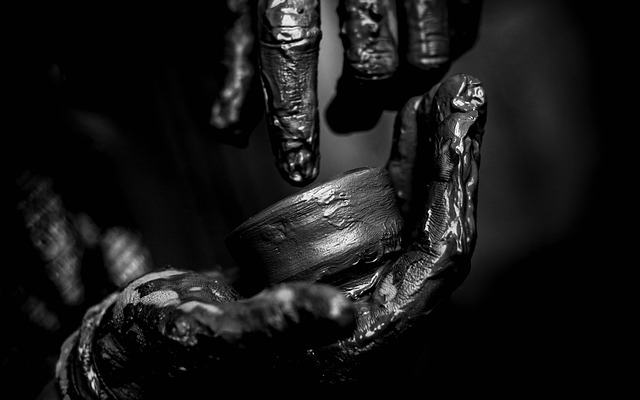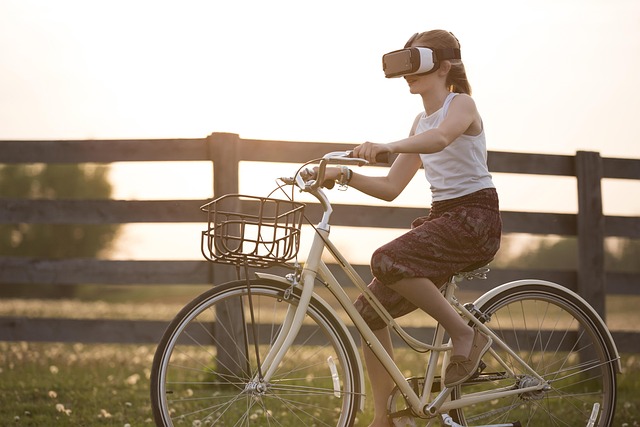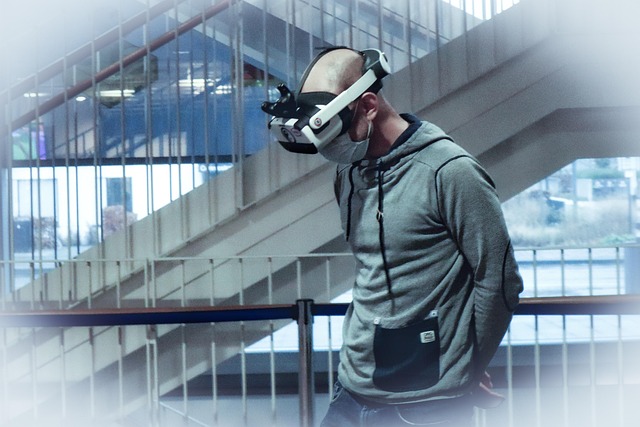Immersive Experiences: Unleashing the Power of Projection Mapping for Interactive Environments
In a world where technology is constantly evolving, the desire for engaging and interactive experiences has never been greater. One of the most captivating ways to transform ordinary environments into extraordinary immersive experiences is through projection mapping. This innovative technique allows creators to project images and videos onto surfaces, effectively turning them into dynamic displays that tell stories, evoke emotions, and invite interaction.
Imagine walking into an art gallery where the artwork comes to life around you. As you step closer to the canvas, an animated scene unfolds, wrapping you in a narrative that transcends the traditional boundaries of perception. This is the magic of projection mapping, a powerful tool that blurs the line between reality and imagination. It invites participants to be not just observers but active players in the experiences being crafted.
From museums and theaters to corporate events and festivals, projection mapping transforms venues into ambient worlds where content is king. This technology enables artists, designers, and marketers to create hyper-realistic visuals that engage audiences on multiple sensory levels. It’s not just about what you see; it’s about how it makes you feel. By tapping into the senses of sight, sound, and even touch, projection mapping creates a resonance that stays with viewers long after the experience ends.
One of the most compelling aspects of projection mapping is its adaptability. Whether it’s reimagining a historic building for a festival or enhancing an immersive theater performance, the possibilities are endless. Each projection can be tailored to reflect the ethos of a brand or the emotional tone of a story. This adaptability fosters a unique connection between the projections and the audience, making every experience feel personal and resonant.
Moreover, the interactivity allowed by projection mapping adds another layer of engagement. With the integration of sensors and responsive technology, audiences can interact with the projections, altering visuals in real time. This active participation turns viewers into collaborators, creating a sense of ownership over the experience. Imagine reaching out to touch a projected image and watching it respond, reacting in ways that surprise and delight you.
As we explore the vast potential of projection mapping, it’s clear this technology is more than just a trend; it’s a bridge between art and innovation. It evokes an emotional response, engages the imagination, and creates immersive environments that leave lasting impressions. By understanding and harnessing the power of projection mapping, creators can craft unforgettable experiences that resonate with audiences, paving the way for a future where interactive environments become an intrinsic part of our cultural landscape.




